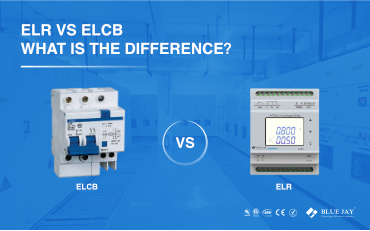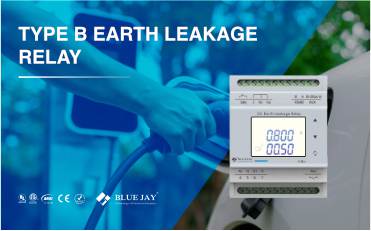
Type B Earth Leakage Relay – A Comprehensive Guide
Type B earth leakage relay is a Type B
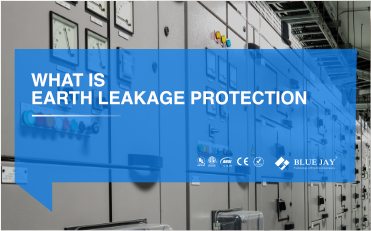
Earth leakage protection is a highly sensitive protection measure against ground faults. It detects abnormal leakage current in electrical systems (e.g., current leaking to the ground through a person or equipment casing) and quickly shuts off power, thereby preventing electric shock and electrical fires.
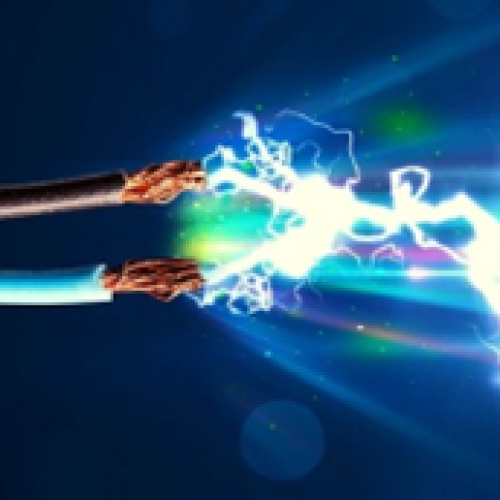
Its core principle is to use residual current sensors to monitor the vector sum of the currents in three phases or three phases + neutral. When an unbalanced current (e.g., 30mA for household use or 100mA or above for industrial use) is detected, the device will alarm or trip within 0.1 seconds.
Earth leakage protection is primarily applicable to TT (solidly grounded) and IT (ungrounded or high-resistance grounded) systems but can also be used in TN systems under certain conditions (e.g., localized protection in TN-S).
Earth leakage protection is classified by the kinds of leakage current they can detect. International standards (IEC 60755 and IEC 62423) define four main types, known as Type AC, A, F, and B:
Type AC earth leakage protection: Detects only sinusoidal AC leakage currents (at power frequency, typically 50/60 Hz). It trips on pure sine-wave faults (suddenly applied or smoothly rising) This is the basic form, suitable for most resistive or simple inductive loads (e.g. heaters, incandescent lamps).
Type A earth leakage protection: Detects the same as AC plus pulsating DC components. It trips on mixed waveforms of AC and rectified (pulsating) DC leakage. Such pulsating currents occur with single-phase rectifiers or diode loads (for example, many electronic appliances). A Type A RCD remains functional even if up to about 6 mA of smooth DC is superimposed on the fault (IEC spec). It is commonly used for modern lighting and electronics where some DC leakage may appear.
Type F earth leakage protection: Covers all of Type A capabilities and adds enhanced immunity to high-frequency components from single-phase frequency converters and variable-speed drives. In other words, it detects AC, pulsating DC, and “composite” multi-frequency residual currents that can arise in one-phase inverter-fed loads (e.g. washing machines, air conditioners).Type F units also withstand surges without tripping and can still operate with a small DC offset (up to 10 mA) on top of a sinusoidal fault. This newer category ensures safety in modern electronics-laden circuits.
Type B earth leakage protection: The most comprehensive type. It detects AC faults (up to 1 kHz), pulsating DC, smooth (pure) DC faults, and multi-frequency leakage. Type B devices are used where three-phase rectifiers, inverters or continuous DC components may be present – such as three-phase motors with drives, PV inverters, electric vehicle chargers, or medical equipment. Essentially, Type B “nests” all other types: it meets the requirements of AC, A, and F devices and can also sense pure DC imbalances.
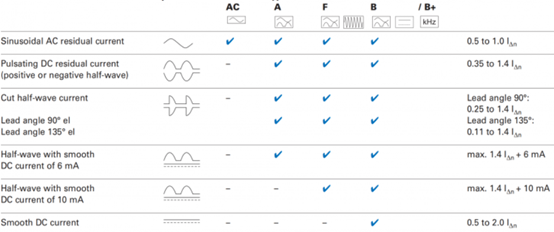
To achieve more efficient and reliable electrical safety, a complete earth leakage protection system should include the following two functional dimensions:
These three functions are implemented in tandem by the following devices:
✅ Solution Mode 1: RCCB + ELR
Scenarios: Industrial buildings, data centers, hospitals, rail transit stations, etc.
Functional Objective: Provide terminal earth leakage protection with centralized monitoring and warnings
Implementation Method:
Install an RCCB (residual current operated circuit breaker) at the end of the building/equipment distribution branch. This circuit breaker immediately shuts off the power supply when the leakage exceeds a set value (e.g., 30mA).
In addition, install an ELR (earth leakage monitoring) on the main incoming line or trunk line. This circuit breaker does not directly trip the circuit breaker, but instead collects real-time current leakage trends and uploads them to the backend system via RS485 and Modbus.
When the digital earth leakage relay detects a gradually increasing leakage trend, it issues an alarm signal to prompt maintenance personnel to intervene and investigate, thus avoiding power outages.
Advantages:
✅ Solution Mode 2: RCCB + Earth Leakage Relay + RCM
Scenario: Large enterprise campuses, data center busbars, and power supply systems for critical equipment.
Functional Objective: Provide terminal protection + circuit-level intelligent tripping + central busbar monitoring.
Implementation Method:
Terminal Branch: Each power branch uses an RCCB for leakage protection to ensure personnel protection against electric shock.
Circuit Level: Earth leakage relays and CTs are installed on the main circuit of each functional area. A higher operating current (e.g., 300mA) is set based on load conditions for regional fault clearing.
System Main Line: RCMs are deployed at busbars and main incoming lines to perform real-time analysis of residual current flow trends across the entire system and upload the data to the main control platform for recording, comparison, and early warning.
Communication Link: All modules are centrally managed via the Modbus RTU protocol and can be connected to SCADA/BMS systems for remote parameter configuration, SOE event logging, and historical data traceability.
Advantages:
Earth leakage protection is a critical safety mechanism designed to detect abnormal current leakage and prevent electric shock and fire hazards. By integrating RCCBs, Earth Leakage Relays, and Residual Current Monitors, modern systems enable multi-level protection, from rapid terminal response to real-time monitoring and centralized management. Supporting protocols like Modbus RTU ensure seamless communication with SCADA/BMS platforms, making earth leakage protection essential for secure, intelligent power distribution in industrial and commercial applications.

Type B earth leakage relay is a Type B
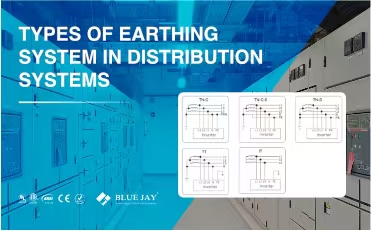
What is earthing system type IEC 60364 defines three
